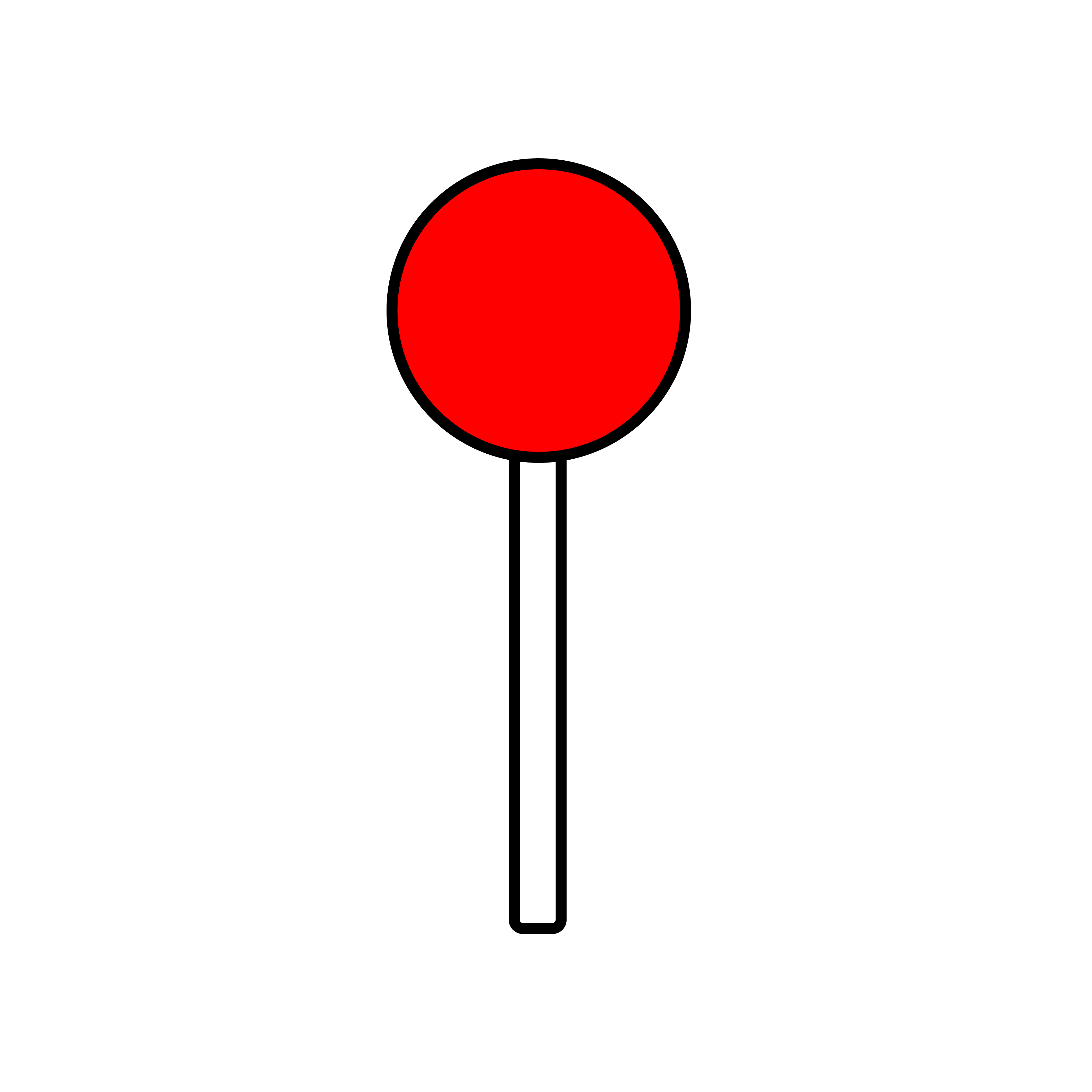Extraction
South Africa’s economy – particularly since the discovery of gold in the Witwatersrand Basin in 1886 – has been dominated by industries that extract the country’s natural resources for sale on the global market. Gold was the first major industry that applied this extractive, mechanistic logic into the territory’s economy, and by extension onto the transformation of the landscape itself. The city of Johannesburg was founded by gold prospectors, and gradually auxiliary infrastructure and businesses grew around the city’s core organizational logic to mine gold. Johannesburg sits at the confluence of rich gold veins, extensive coal fields, nearby diamond deposits and platinum deposits, and arable land which enabled the city to support its rapidly growing population and expanding economy. The products of the past century of economic development and the city’s infrastructural base were made possible by the city’s geological quirk.Over the past several decades, gold mining in South Africa has experienced steady decline in annual production and percentage share of global exports – at one point, South Africa was the single largest gold exporter, today it is 15th – due to increased necessary mining expenditures despite a rise in the global gold price in the same time-frame. Most of the more easily mined gold has already been extracted, and below a certain elevation the cost to deepen a mine becomes prohibitively expensive. Alternative mining strategies – such as tailing remining and opening new mines (oftentimes for new resources) – have become a more attractive business model for the multinational corporations who have a stranglehold of the mining industry. Today, exports of coal and platinum represent significantly larger shares of the total annual exports than they once did; both are exemplars of supplemental or parallel industries to gold mining that share similar technological logics that have taken over pole position for economic primacy in South Africa.
This mini-atlas examines this trajectory – from its geological origins to an expanded extractive industrial complex – by documenting case studies for 5 primary industrial-cum-infrastructural systems: gold mining, power generation, coal mining, water supply, and platinum mining. Each case study is examined at both the network/territorial scale and its micro/landscape (technological/tool/architectural) scales to demonstrate each’s interconnectedness and its effect in transforming the ground surface, vertically and horizontally.






